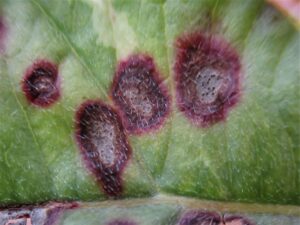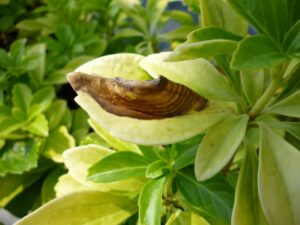Sweet Corn
There will be significant changes to insect trapping efforts in the Vegetable IPM Program for this season. At present, personnel are deploying black light and corn earworm (CEW) pheromone trap networks in central and northern New Jersey counties. In areas from central Burlington County southward, grower cooperators have been provided with CEW pheromone traps and will be monitoring these traps on their own properties and reporting catch data to IPM personnel. This is an effort to maintain a statewide reporting program for the most significant economic pest of sweet corn despite a shortage of professional staff this year. The IPM program thanks these growers in the southern counties for their assistance in maintaining this necessary service.
Black light trap derived maps for European corn borer (ECB), CEW and brown marmorated stink bug (BMSB) will not appear in the Plant and Pest Advisory, as there is no longer a statewide blacklight trap network. Data from existing black lights in the central and northern counties will appear in table format, with associated information on the relevance of the populations. Provided that data from the southern CEW pheromone traps is available on a regular basis, maps will be generated for this pest/trap type. Limited collections from traps thus far have not contained any target pests.


